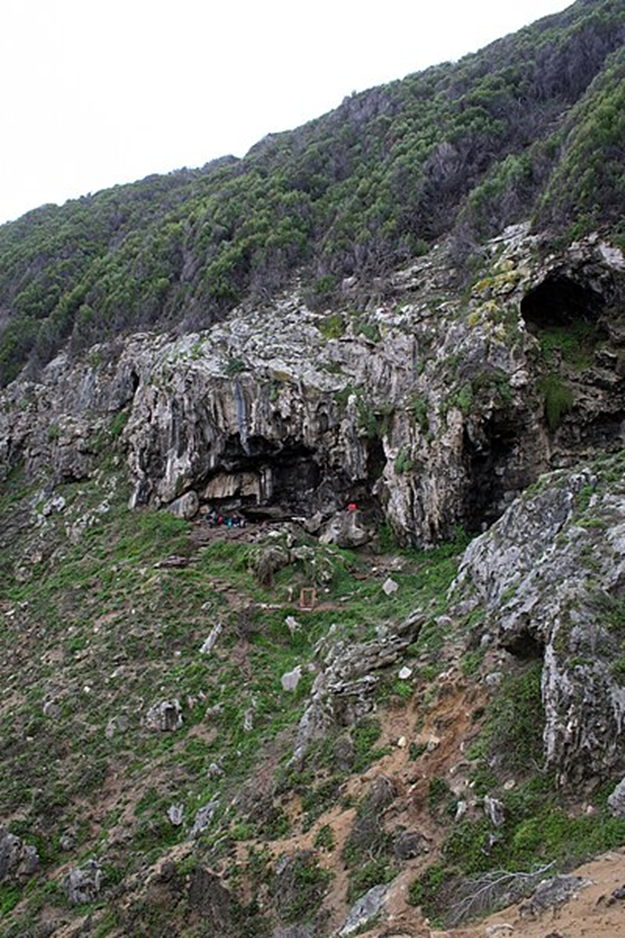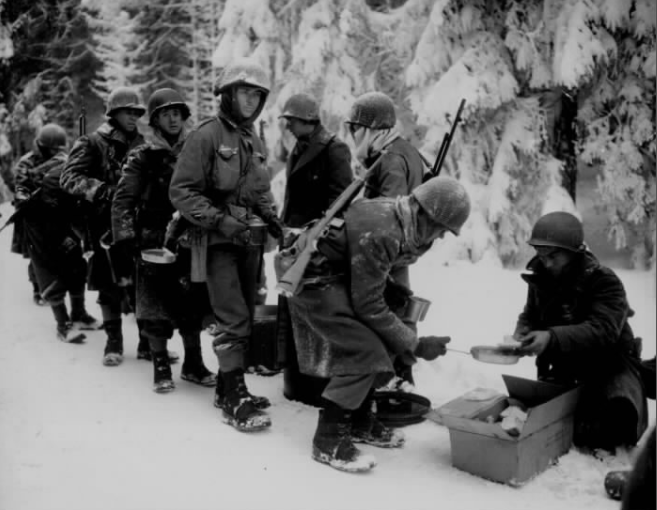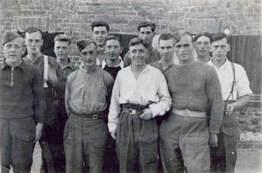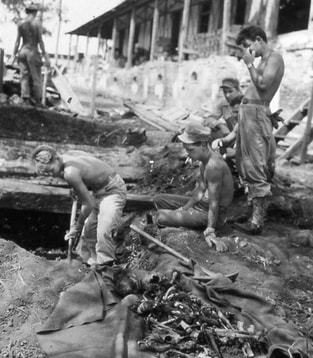Last year, one of my sons noted that, other than watching the ball drop in Times Square, there were really no New Year’s traditions. I told him he was wrong, and to prove it (and to get to bed at a decent time!) we didn’t wait up for New York’s new year, but watched the fireworks erupt around the London Eye. Happy New Year, nice and early! Fireworks, champagne, and a kiss might be common worldwide, but here are some other traditions from around the world that you might want to try this year.
Fireworks are noisy, but they aren’t the only sound that heralds the new year. In many places, people bang pots and pans as the year turns. In Japan, Buddhist temples ring bells 108 times, once for each of the earthly desires. With each toll, another desire is eliminated so that listeners begin the new year afresh. This tradition is called Joya no Kane, which Japan Today explains means “to throw away the old and move on to the new”: literally ringing out the old, ringing in the new!
Haruo.takagi, CC BY-SA 4.0
Many traditions involve food, especially round food since the shape symbolizes prosperity. In the Philippines, people set out 12 round fruits to symbolize twelve months of prosperity. Spaniards and Italians pop 12 grapes or raisins into their mouths, one for each chime of the clock marking midnight. In Greece, families hang either an onion or pomegranate on their doors as a symbol of good health, fertility, and longevity. The French welcome the New Year with a stack of pancakes, and people in the Netherlands eat doughnuts and ring-shaped sweet breads.

© Alice Wiegand
But not all New Years foods are round. For good luck, Germans celebrate with marzipan that’s been shaped into a pig and the Japanese eat prawns, which are believed to bring a long life, and herring roe, which is supposed to boost fertility. The Estonians have many feasts on New Year’s Eve, believing that a person gains the strength of a man with each meal consumed. In the Southern part of the U.S., people eat collard greens, whose color symbolizes money, and black-eyed peas for luck and prosperity.
Other New Year’s traditions involve movement. Many people go on New Year’s walks or runs, often the first step in
fulfilling one’s resolutions. In Scotland, people observe “first footing,” carefully planning who should be the first to enter the home after midnight. If the first visitor is a tall, dark-haired male bringing pieces of coal, shortbread, salt, a black bun and whiskey, prosperity is assured. One of my friends actually tried this one out last year.
Whatever traditions you and your loved ones follow, here's wishing you a prosperous and safe 2025.























